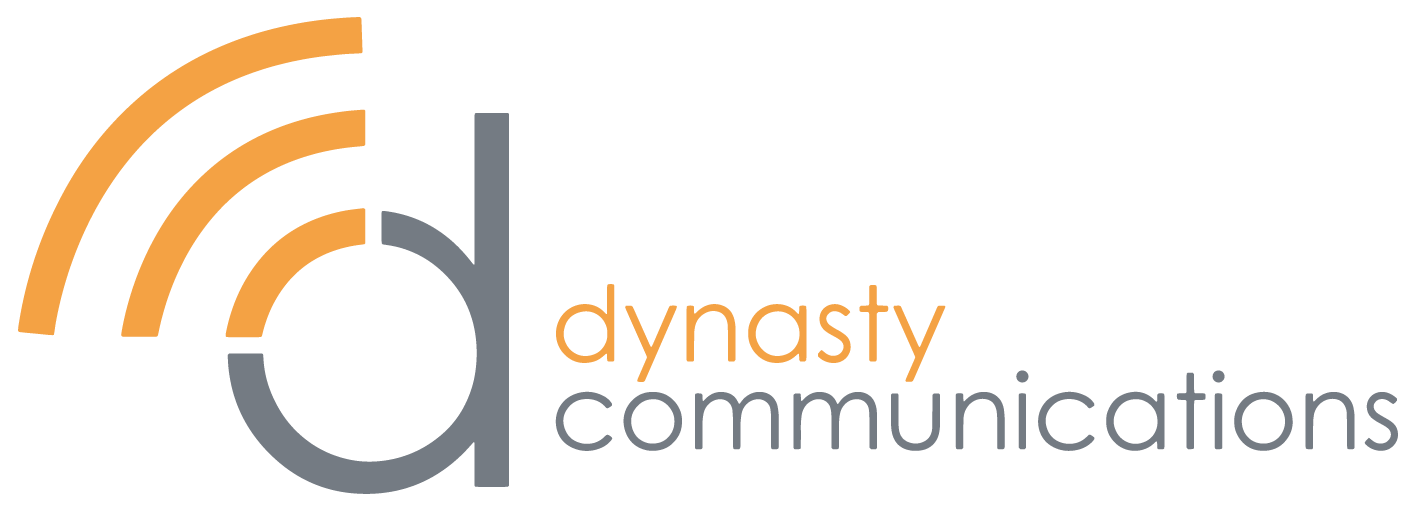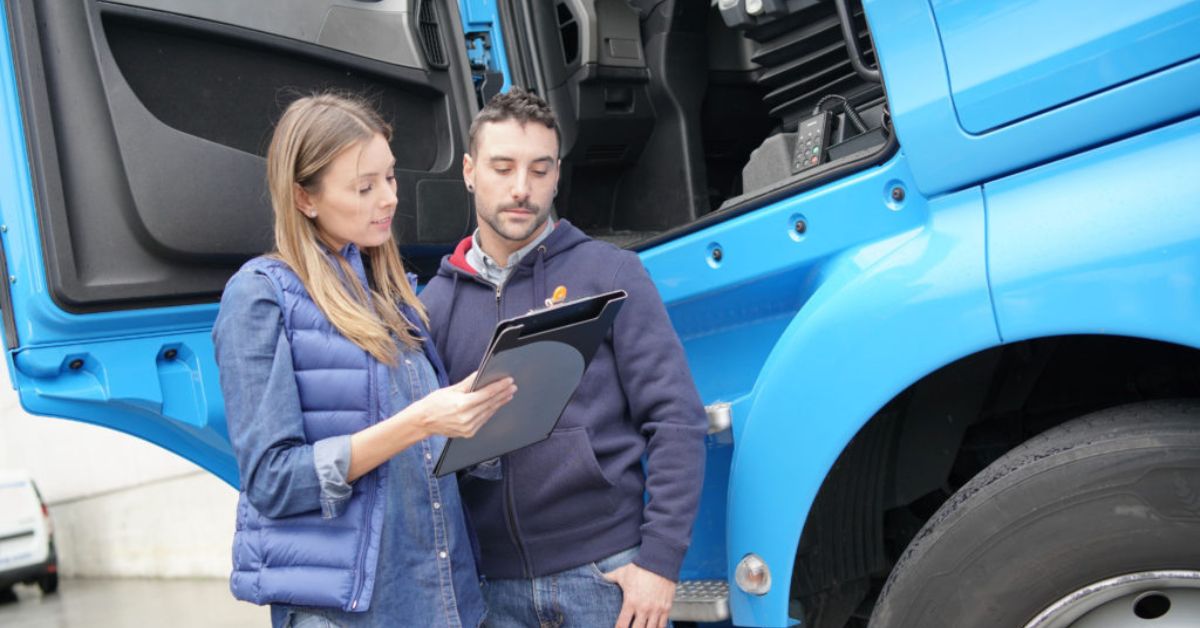Do you know in the DOT road check violations of 2022, false logs made up the highest percentage? This and the faulty brake system and tires made 12,000 trucks and 4,000 drivers out of service. All these are major concerns regarding safety. The Department of Transportation (DOT) of the US is an imperative means to put a stop to all such potential incidents and road safety threats.
In transportation and logistics businesses, safety occupies the most vital position among all other operational aspects. This is where DOT comes into play. It helps regulate vehicle maintenance, optimize cargo security, and ensure drivers’ and public safety.
Regular DOT inspections are essential to maintaining the integrity of the transportation system and, more importantly, safeguarding the lives of drivers and the public. To enhance safety and compliance, the inspection checklist undergoes periodic updates to address emerging challenges and technological advancements, and here we will talk about these updates.
DOT Checklist – Its Significance
DOT inspections are a regulatory requirement that all commercial vehicles must undergo regularly. These inspections serve as a preventive measure, aiming to identify and rectify potential safety hazards before they can lead to accidents or breakdowns on the road. The inspection process encompasses a comprehensive examination of various vehicle components, including but not limited to brakes, tires, lights, steering, suspension, and exhaust systems.
Compliance with DOT regulations is not only a legal obligation but also a commitment to maintaining a high standard of safety within the transportation industry. An updated DOT checklist is a reflection of the evolving nature of the industry, incorporating new technologies, safety protocols, and lessons learned from past incidents.
DOT Vehicle Inspection Checklist – The Key Updates
Electronic Logging Devices (ELDs)
With the advent of technology, the DOT has integrated Electronic Logging Devices into the inspection checklist. ELDs play a crucial role in ensuring that drivers adhere to Hours of Service (HOS) regulations, preventing fatigue-related accidents. The latest checklist emphasizes the proper functioning of ELDs and their accurate recording of driving hours, providing a transparent and tamper-proof method of tracking a driver’s on-duty time.
Advanced Driver Assistance Systems (ADAS)
The latest vehicles are equipped with Advanced Driver Assistance Systems designed to enhance safety. These systems include features such as collision avoidance, lane departure warning, and automatic emergency braking. The DOT vehicle inspection checklist acknowledges the presence of these technologies, ensuring they are in good working order. Proper functioning ADAS can significantly reduce the risk of accidents, making them a focal point in contemporary safety inspections.
Green Technologies
As the world is more inclined toward sustainability, the revised DOT truck inspection requirements include a section dedicated to green technologies. Vehicles with alternative fuel systems, hybrid engines, or electric powertrains are subject to specific checks to ensure they meet both safety and environmental standards. This reflects a broader commitment to reducing the carbon footprint of the transportation industry while maintaining a focus on safety.
Brake Performance Evaluations
Brake system failures contribute significantly to accidents on the road. The latest DOT level 3 inspection checklist places heightened emphasis on brake performance evaluations. This includes assessing the integrity of brake linings, drums, rotors, and the overall braking system. Adequate braking performance is crucial for preventing collisions and ensuring the vehicle can come to a stop safely.
Cargo Securement
Ensuring that cargo is properly secured is vital for both the safety of the driver and others on the road. The DOT checklist includes specific criteria for inspecting cargo securement devices and techniques. This is particularly relevant for flatbed trucks and other vehicles transporting goods that require careful restraint to prevent shifting during transit.
Tire Maintenance
Tire blowouts can have catastrophic consequences, especially for large commercial vehicles. The revised DOT level 3 inspection checklist puts a renewed focus on tire maintenance, checking for proper inflation, tread depth, and overall tire condition. This proactive approach aids in mitigating the risk of tire-related incidents, promoting safer journeys on the road.
The Role of Technology in Streamlining DOT Inspections
In addition to incorporating technological advancements into the dot truck checklist, the inspection process itself has evolved with the integration of technology. Mobile inspection platforms and digital checklists have streamlined the inspection process, reducing paperwork and increasing efficiency. Inspectors can now utilize tablets and smartphones to capture real-time data, improving the overall accuracy and speed of inspections.
Telematics systems, integrated with the vehicle’s onboard diagnostics, provide inspectors with a wealth of data regarding the vehicle’s performance. One such example is of Geotab telematics tool. The provided data includes information on engine health, fuel efficiency, and potential maintenance issues. By leveraging telematics, inspectors can make more informed decisions about a vehicle’s roadworthiness.
Challenges and Opportunities in Implementing the Updated Checklist
While the revised DOT truck inspection requirements bring numerous benefits, its implementation poses challenges for both fleet operators and inspectors. One major challenge is the need for ongoing training to familiarize inspectors with the latest technologies and safety standards. Investing in the continuous education of inspection personnel is essential to ensure they can effectively assess vehicles equipped with advanced systems.
For fleet operators, staying abreast of the renewed dot truck checklist requirements is crucial. This involves investing in the necessary technologies and conducting regular maintenance to meet compliance standards. While this may incur initial costs, the long-term benefits in terms of improved safety, reduced downtime, and compliance with regulations far outweigh the initial investment.
Also Read: 13 Tips on How to Reduce Fleet Fuel Costs
Conclusion
The updated DOT inspection checklist represents a significant step forward in enhancing safety and compliance within the transportation industry. By integrating the latest technologies, addressing emerging challenges, and emphasizing environmental sustainability, the checklist reflects the evolving nature of the industry.
While challenges exist in implementing and adapting to these changes, the overall impact on road safety and the well-being of drivers and the public cannot be overstated. As technology continues to advance, the DOT’s dedication to regular updates ensures that inspections remain effective in promoting a safer and more sustainable future for the transportation industry.
So follow the latest checklist and bring your fleet operations steps ahead in safety, optimization, and customer satisfaction.

